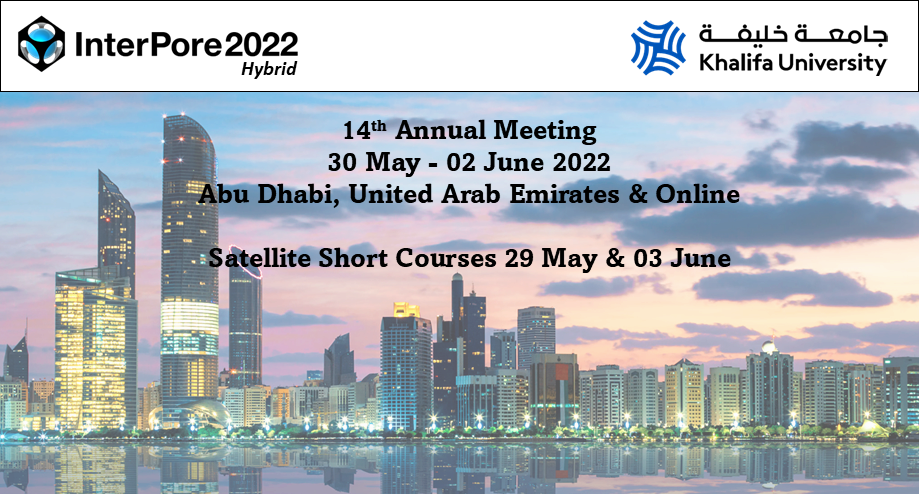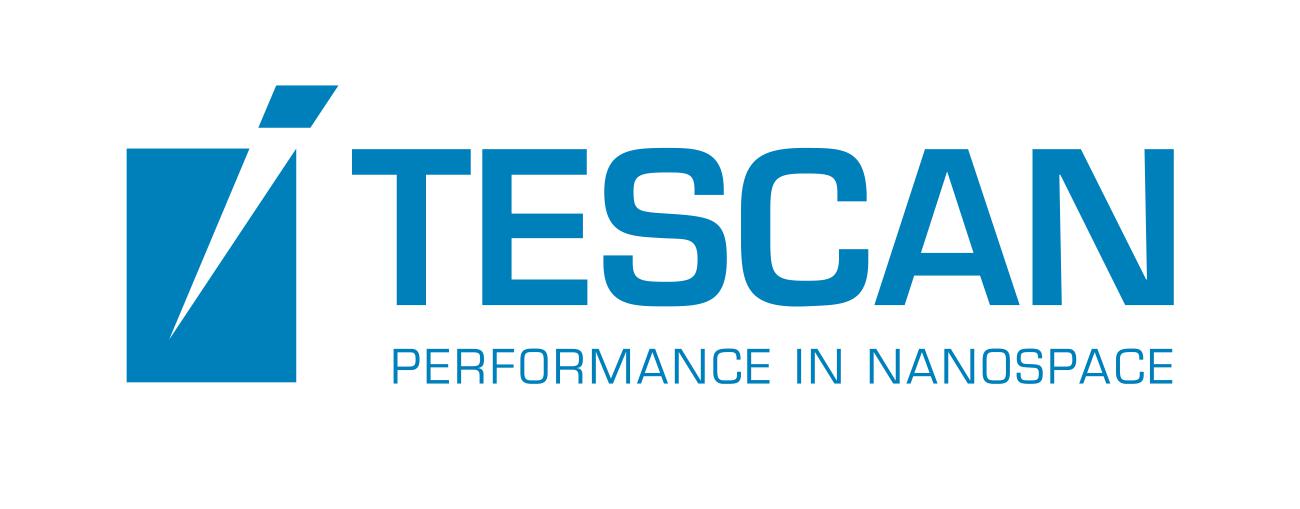Speaker
Description
Towards bioclastic limestone reservoirs, deposition and diagenesis are often inherently complicated, resulting in extremely strong reservoir heterogeneity, which significantly affect the flow mode and field development by waterflooding. A lot efforts have been put for the study of heterogeneity from the aspect of geology and reservoir separately. Geologists usually struggled on the impact of sedimentation and diagenesis on rock type while reservoir engineers focused on relative permeability features/classification from special core analysis. However, few papers investigate multimodal flows and their influence on development by integrating geological attributes and petrophysical properties while linking with dynamic behavior. This paper presents a multidisciplinary study about the geo-dynamic flow characterization of carbonate reservoir, their corresponding mechanism, application in simulation and potential impact on waterflooding.
For establishment of geo-dynamic analysis, an integrated iterative approach involving multiscale and multiphase adjustment was created. The method rather emphasizes on the interaction among rock formation environment, diagenetic mechanism and the association between rock and fluid. Image analysis alongside thin section description were used to qualitatively group samples of the same genetic origin. Rock types were then distinguished through incorporating geological controls during the pore evolution and petrophysical group into pore networks definition. This workflow differs from many studies by ensuring the dynamic parameters, including water-free coefficient, water-front saturation and shape factor of fraction flow, are involved to define the flow characterization of rock type. Multi-interactions and clustering analysis were finally conducted for consistency between geology and reservoir and the acquirement of geo-dynamic flow types. The above issues were addressed on a giant bioclastic limestone reservoir in Middle East.
Twelve subsurface geo-dynamic flow-types and four rock modes are summarized, and a set of seepage-pattern diagram is established. Results indicate that the heterogeneity and seepage are mainly controlled by depositional environment. The superior rock properties are usually associated with channel and shoal and the inferior rock properties are usually associated with shoal flank, lagoon and swamp. But the diversities among deposits, sedimentary process and diagenetic control usually lead to a variety of reservoir modal types and seriously strikes the foundation flow. Consequently, superior rock properties are not always linked with higher oil displacement efficiency and the inferior rock properties are not with lower oil displacement efficiency. The outcome was applied in simulation and the output showed that compared with petrophysical-group based or facies-based flow type, the initial water cut compliance degree of well was increased from 60% to 80% and real production data matching degree of the reservoir is about 20% higher than the common method without geological parameters modified and simulation efficiency loss.
This study establishes a bridge between static and dynamic. Compared with the common method, multimodal geo-dynamic flow types are more representative with much higher accuracy, which are also beneficial for dynamic analysis in waterflooding and the forecasting issue of simulation. Furthermore, this paper can be extended to evaluate the waterflooding of other bioclastic limestone in Middle East.
| Participation | Unsure |
|---|---|
| Country | China |
| MDPI Energies Student Poster Award | No, do not submit my presenation for the student posters award. |
| Time Block Preference | Time Block A (09:00-12:00 CET) |
| Acceptance of the Terms & Conditions | Click here to agree |









